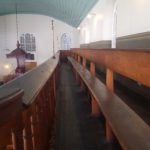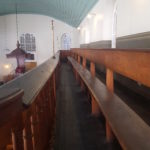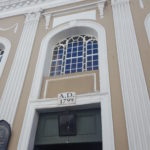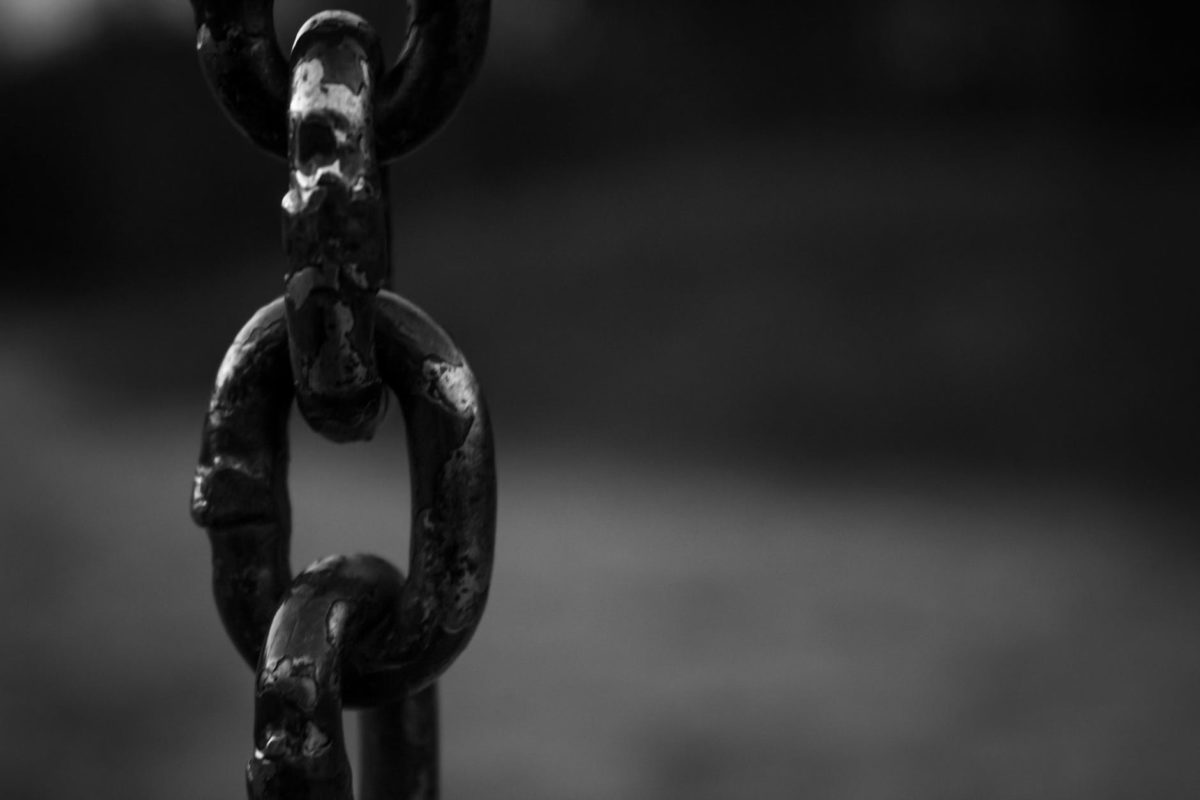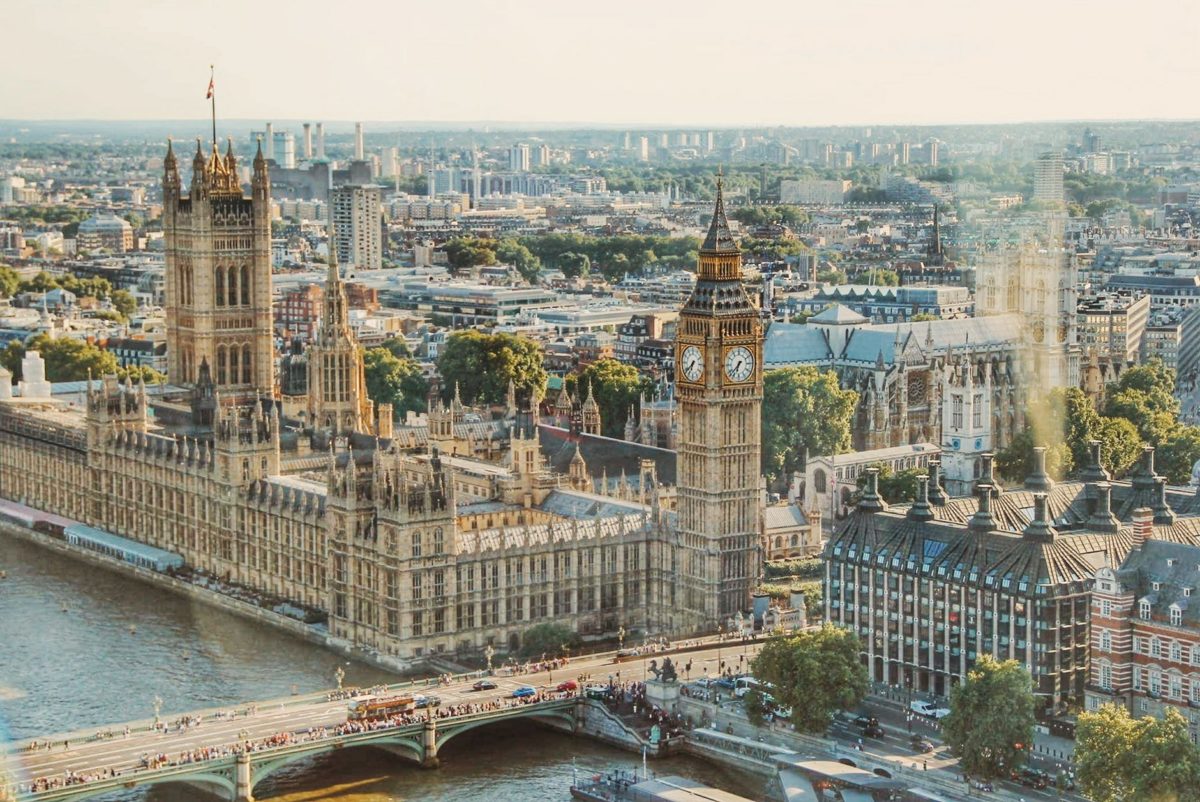Museums play a profound role both in preserving culture and educating the public. Ideally they should bring to life the stories of distant times and convey the humanity of the individuals who lived in those times. They should foster pride in our cultural diversities and correct stereotypes in their representation of those cultures. Especially in South Africa, our museums have a vital role to play in correcting the misrepresentations of the past and encouraging discussion on the way forward.
Sandwiched between the Daddy Longlegs Hotel and a hardware store on Long Street, is the SA Sendinggestig Museum, also known as the Slave Church. It is the oldest existing mission building in South Africa and the third oldest church in the country. The gabled cream and white façade with Corinthian pilasters, cornices and mouldings, mimics that of the Slave Lodge at the top of Adderley Street.
The property was acquired by the South African Society for the Advancement of Christ’s Kingdom in 1801 and the building was probably constructed by slaves and free blacks for general religious activities. It initially prepared converts for membership of established churches but became a separate congregation of the SA Missionary Society in 1819 and part of the Dutch Reformed Church in 1937. It was in use as a church until 1971 when dwindling numbers as a result of forced removals led to its closure. In 1975 a special memorial service was held during which the congregation bid farewell to the church building. A new church in Belhar, a ‘coloured’ area in the northern suburbs, was inaugurated in 1978. The museum was established in 1979 with the intention of preserving the building and the legacy of Christian evangelism amongst the slaves and indigenous people.
The double front entrance door to the church, made of Burmese teak, leads into a yellowwood and American pine lobby, which was known as the “wind lobby” – doors could be open or shut depending on the direction of the wind to prevent dust blowing in or disheveling those inside. The Robben Island slate stone at the front door is the only remnant of the original floor. Teak columns support the main gallery and the two side galleries are supported by yellowwood columns painted to produce a marbled effect. The 750mm thick walls rest on a window-height base of broken stone (Malmesbury shale) from the quarry on the slopes of Signal Hill and soar up more than 10 metres to meet the curved ceiling of American pine.
It’s a handsome building but, sadly, all this was lost on us as we entered the church to be confronted by a market being set up. The furniture and exhibits had been pushed to the sides or front of the church behind the pulpit and we tried to navigate our way around screens, boxes and goods for sale. There was a sense of chaos and disrespect for the space as a place of worship. While I can understand that renting out the space brings in revenue, it seems like desecration of a spiritual space to use it for retail purposes. Moreover, I cannot understand why this is done on a day when the museum is open to the public. I cringed every time I saw a tourist enter the building, stare around bewilderedly and then turn and walk out. I was there with a group of university students hoping to learn a bit more about our slave history.
I had expected to enter the space with a sense of reverence, to hear the gentle creak of the floorboards whisper the names of the first four slaves baptised here – Domingo…Job…Arend…Durenda. I wanted to sit quietly on one of the oak pews, and trace my finger along the carved wood pattern and think about Rosina…Dina…Spasie Helena…Frederik Johan Hendrik, the second group of candidates to become members of the community. I wanted to imagine their voices lifted up in songs of worship as a gust of southeaster blew in among the congregation and ruffled their hair or upset a hat. I wanted to hear the mutterings of a congregation broken up by forced removals, saying goodbye to their spiritual home. I wanted to pause and reflect on where we it was we have come from.
At the very least, one should leave a museum with a sense of what happened, to whom it happened and what that meant then and now. I walked out without any sense of the congregants of the mission church, without any sense of the significance of a period in our history which has fundamentally shaped who we are. Slavery was a central element of the Dutch colonial conquest and part of the emergence of Afrikaner political and social ideas. While it was glossed over in our history books and presented as benign and minor, it is up to us to make sure that the lives of slaves are more than footnotes in history, that they were more than just possessions. It is up to us to present the counter-narrative of individuals and to create spaces that allow a glimpse of their humanity. Chinua Achebe, the prominent Nigerian novelist and essayist, in a 1994 interview said that storytelling “is something we have to do, so that the story of the hunt will also reflect the agony, the travail—the bravery, even, of the lions.”
This article was published in the Cape Times 6 March 2018
